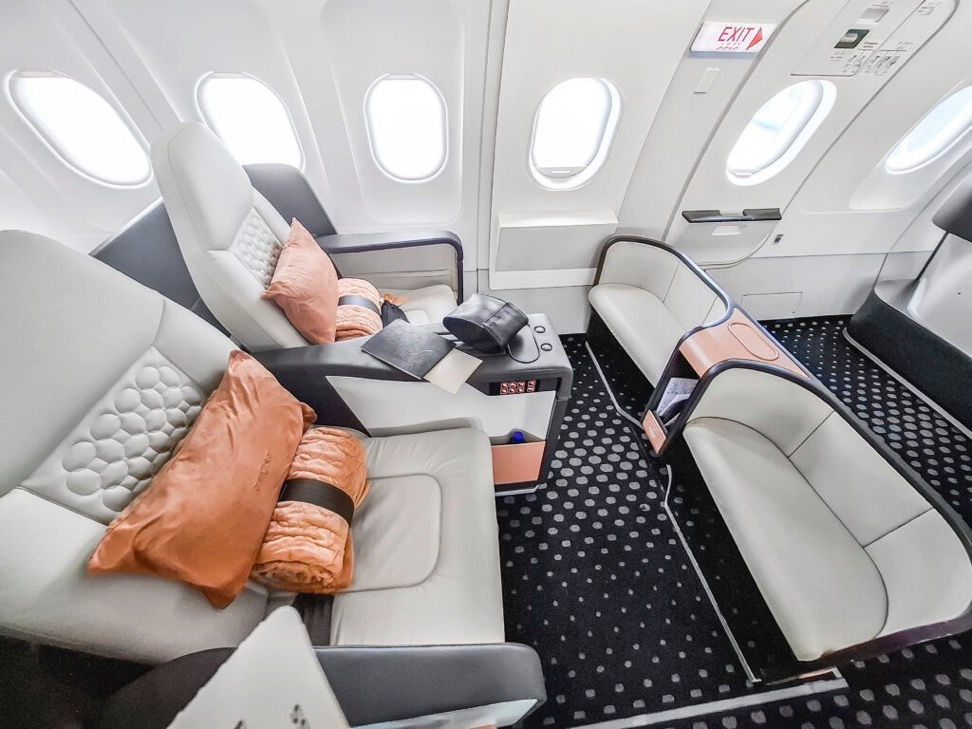Sustainable Aviation Fuel Market Projected to Reach $10 Billion by 2029
- Apr 16, 2023
- 2 min read

The sustainable aviation fuel (SAF) industry is predicted to experience significant growth, with its value anticipated to reach $10 billion by 2029, according to a study by Exactitude Consultancy. The SAF market, valued at $85 million in 2022, is expected to witness a compound annual growth rate (CAGR) of 60.8% over the forecast period. SAF is considered a key element in the aviation industry's decarbonization efforts, offering a viable alternative to conventional jet fuel. However, the current higher price and limited supply of SAF have hindered its widespread adoption.
To overcome these barriers and support the expansion of SAF, governments are introducing initiatives that provide incentives for its use. In the United States, the Sustainable Aviation Fuel Act has been launched to encourage SAF adoption, while the European Union is working toward similar goals through its Sustainable and Smart Mobility Strategy. These initiatives are expected to drive investment in SAF production and infrastructure, helping to reduce costs and increase availability.
At present, only a 50% blend of SAF with conventional Jet-A is approved for use in aircraft. However, using neat SAF has the potential to reduce carbon emissions by around 80% and decrease harmful particulates and sulfur. This makes SAF an attractive option for airlines seeking to reduce their environmental impact and comply with stricter emissions regulations.
The SAF market can be divided into three main categories: biofuel, power-to-liquid, and gas-to-liquid. In 2021, biofuel held the largest market share, representing 95.7% of the market. The study by Exactitude Consultancy indicates that biofuel will continue to dominate the SAF market until at least 2029. Biofuel-based SAF is produced using plant and animal residues, as well as non-food crops, as feedstock.
As the demand for cleaner and more sustainable aviation solutions grows, the market for SAF is likely to expand further. Advances in battery and hydrogen fuel cell technology may also complement the growth of the SAF market, providing additional avenues for reducing the aviation industry's carbon footprint. The continued support from governments, coupled with technological advancements and increased investment, will be crucial in driving the adoption and development of SAF in the coming years.


